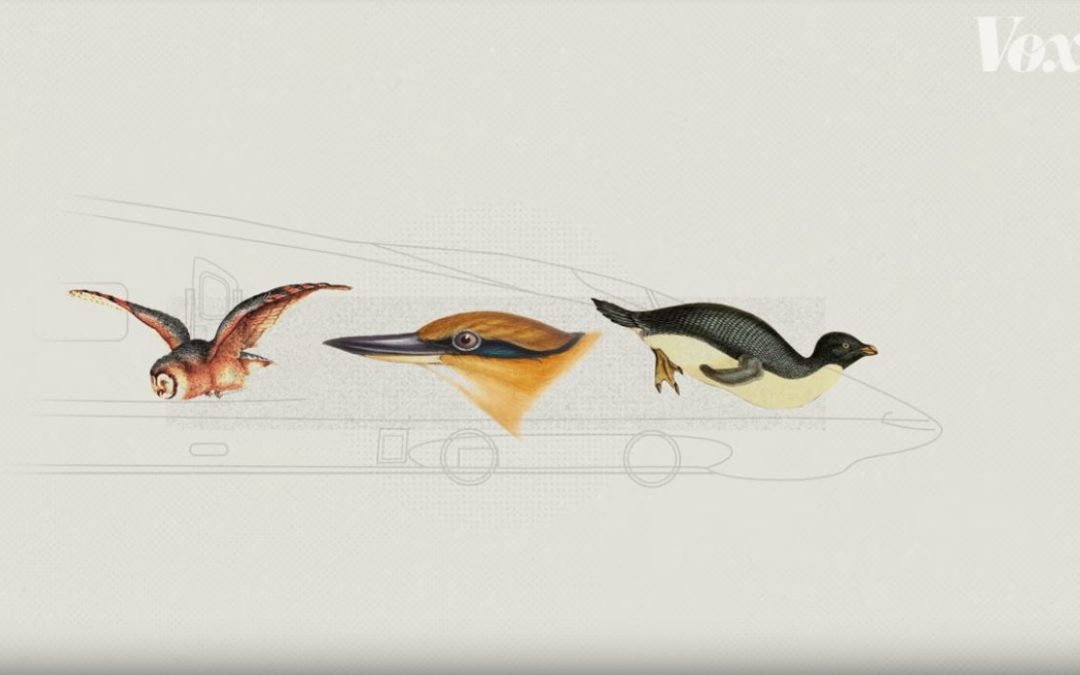By
Japan’s Shinkansen don’t look like your typical train. They’re fast — so fast they coined the term “bullet train” — with long, pointed noses that let them reach speeds of up to 200 miles per hour.
But these Japanese trains didn’t always look like this. Earlier models were rounder and louder; they often suffered from the phenomenon of “tunnel boom,” where deafening compressed air would rush out of a tunnel after a train rushed in. A moment of inspiration from engineer and birdwatcher Eiji Nakatsu changed all that.
He led a system redesign based on the aerodynamic features of three bird species — the serrated wings of an owl, the rounded belly of the Adélie penguin, and the pointed beak of the Kingfisher. Nakatsu’s case is a fascinating example of biomimicry, the design movement pioneered by biologist and writer Janine Benyus. It’s the idea that big challenges in design, engineering, and sustainability have often been solved before through 3.8 billion years of evolution on earth. We just have to go out and find them.
This is one of a series of videos Vox is launching in partnership with 99% Invisible, an awesome podcast about design. 99% Invisible is a member of Radiotopia.
You can find this video and all of Vox’s videos on YouTube.
Originally published on Vox.com.
Become a member of the Biomimicry Institute and our budding community (tribe / swarm / herd / school):
Become a member.
